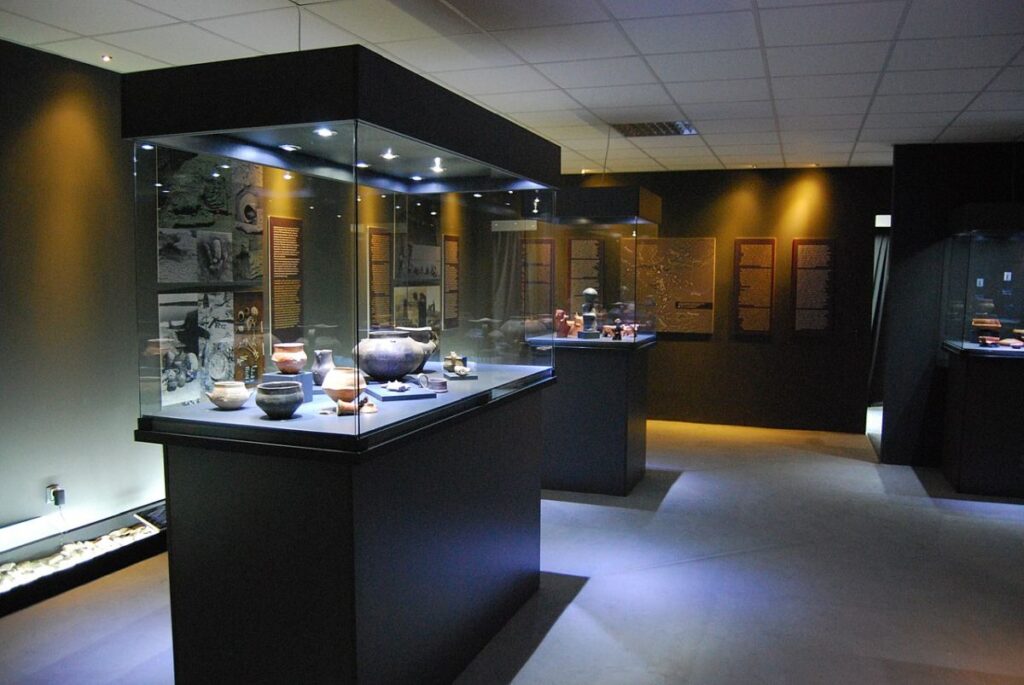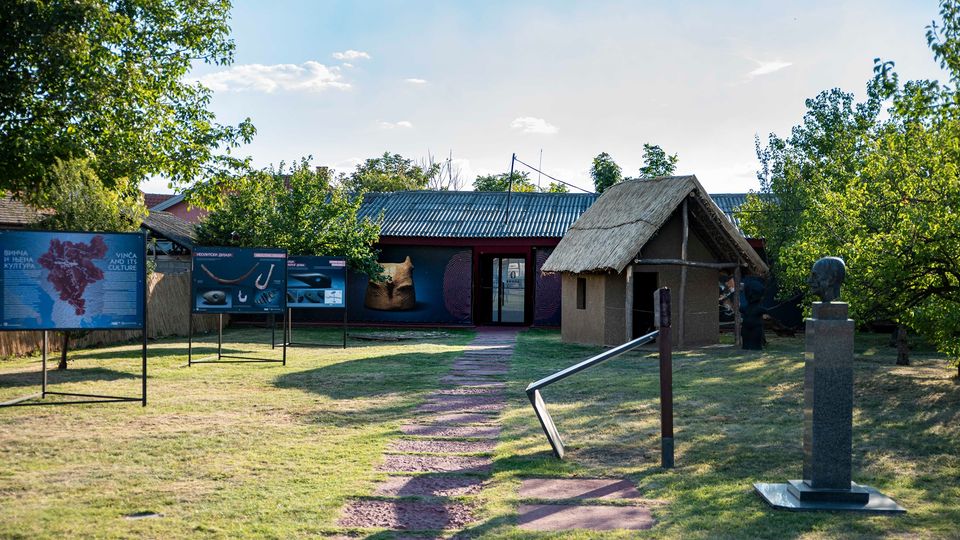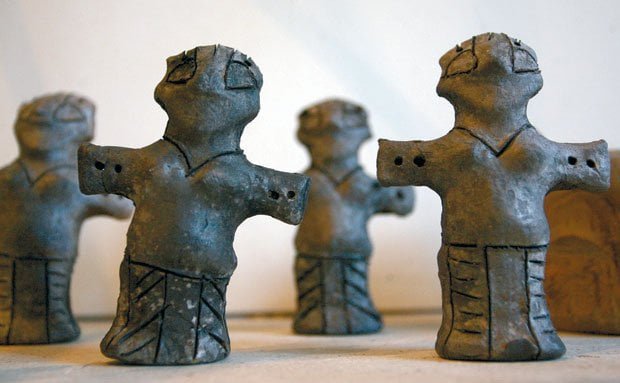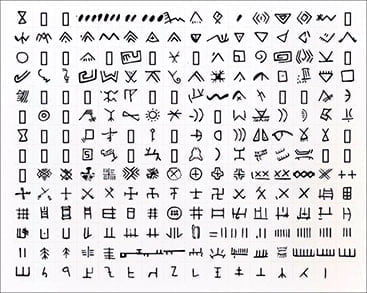
Vinča is a famous suburb of Belgrade, on the bank of the Danube. More important, it is a site of the oldest Neolithic civilization in Europe. Today, it is also an important archeological site. It is still not completely explored. Mysterious Vinča culture is a true gem for every fan of history, archeology, and ethnology.
Vinča culture
As far as we know, Vinča is among the oldest and the largest Neolithic settlements in Europe, dating back more than 7,000 years B.C. It was inhabited for not just centuries, but millennia as well. Artifacts from different historical eras have been found here. From Neolith to Bronze Ages, to Middle Ages, and up to the present day, there are pieces of evidence of different settlements and cultures that lived there. Thanks to them, scientists were able to draw conclusions about this locality and reconstruct how life looked like many centuries ago.
Their primary focus was supplying food, so the culture was based on agriculture, hunting, fishing, and farming. The estimation is that 2,500 people lived in the settlement. By standards of that era, it was a big city. There were two stages of this culture – early and late periods. The culture most likely declined and people ultimately abandoned the settlement, due to economic hardships. Also, the culture was matrilocal, homogenous, and peaceful. So, maybe the militant tribes eradicated it. Nobody knows for sure, so we can only guess.
Vinča-Belo Brdo archaeological site
The remains of Vinča culture (hundreds of sites!) are scattered all around the Balkans. Vinča-Belo Brdo archaeological site is the most important one. Today, it is an archaeological site of exceptional importance and under the highest level of state protection. You can see the artifacts in the National Museum of Belgrade, the Belgrade City Museum, but also in other museums in the world, most notably British Museum. The excavations started in 1908, thanks to Serbian archaeologist Miloje Vasić. They found walls, furnaces, and other standing structures. The most interesting are certainly the figurines, tools, jewelry, dishes, and vessels. The production technology was certainly advanced and this might have been Europe’s first metal culture. But, like many other things related to Vinča culture, we do not know much about the details.

The figurines
People used to make zoomorphic and anthropomorphic figurines of clay. They probably had ritualistic and sacral purposes. Many figurines show typically feminine features, with wide hips and large breasts and stomach, which points out their symbolism of fertility. They also have big and prominent eyes. Hence, some conspiracy theorists say that they depict the aliens. After all, the truth is out there, right?

Vinča symbols
Many of the vessels carry inscriptions. Some of them are pictograms, some show certain symbols or animals. Their meaning, nature, and purpose still remain a mystery for us. Maybe they tell us more about their owners, producers, or society itself. However, nobody was able to decipher those symbols. Perhaps that was the oldest Serbian alphabet.

How to see the remains of Vinča culture?
Officially, Vinča is part of Belgrade. It is around 20 km east of central Belgrade. Of course, you can get there by bus, but it is much faster to go by car. Belgrade City Museum manages the site. You can visit it from April 1 until October 31 according to the visiting hours. Outside of the season, visits are possible only with advance notice. The ticket costs only 200 dinars (1,7 € / $2).

What else is Vinča famous for?
Besides the archaeological complex itself, Vinča is famous for the Institute of Nuclear Sciences. Also, the Center for Fishery and Applied Hydrobiology “Little Danube” has an interesting visitor center as well. You can see the center of a suburb, including the Church of the Holy Apostles Peter and Paul. Of course, you can walk along the Danube, or admire its beauty from one of the restaurants which are just there on the river bank. Hiking trail Vinča-Ritopek is also in the area, so you can really enjoy the pristine nature nearby the bustling city. We kindly welcome you to the cradle of civilization. Come and see where the European civilization started!
Truly yours,
More than Belgrade